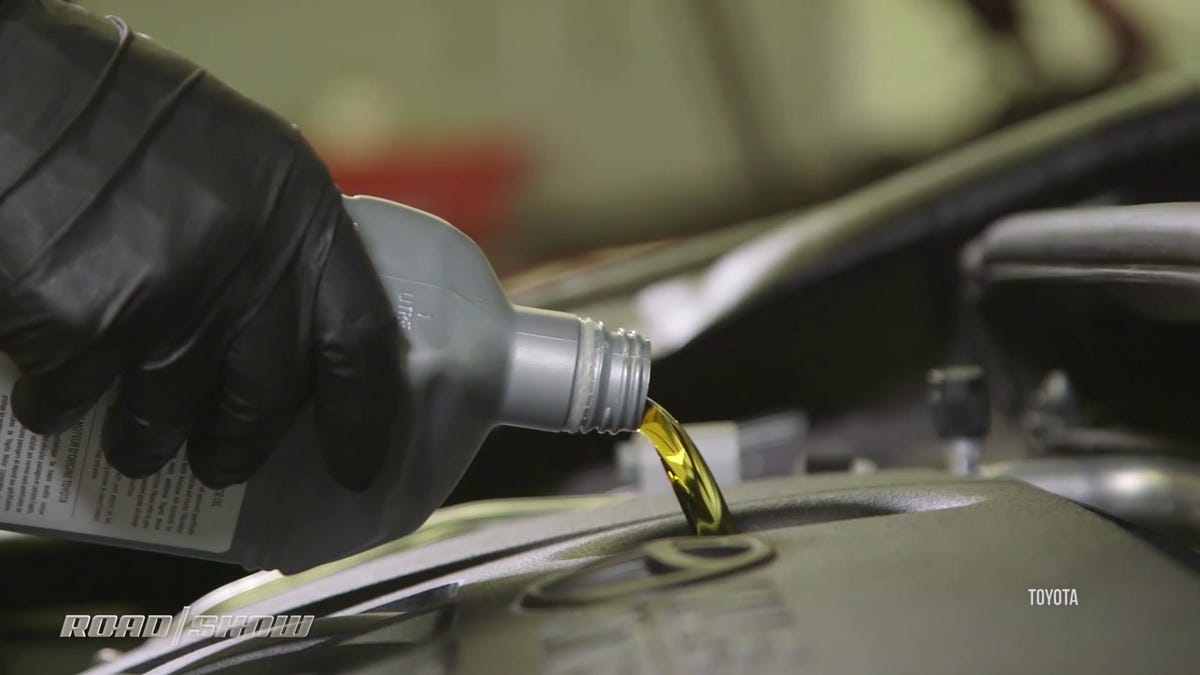Break your engine in the right way
Or pay a hidden, steep price for your new car later.

I bet the dealer didn't go over your new car's break-in procedure with you, leaving you to dig it up on page 79 of the tediously written owner's manual.
Luckily, most cars have a fairly similar break-in procedure so even if you refuse to read your manual, you can do it successfully.
The reason for the break-in period is to mate the engine's friction surfaces to each other in the smoothest manner, so they seal or rotate against each other with minimal leakage or friction. That can result in better fuel economy, lower oil usage, better power delivery and longer engine life at the end of the car's career. That's a nice payoff for less than a thousand miles of restraint up front.
Take a look at this table of break-in guidelines from a 2018 Mercedes GLC, 2018 Hyundai Elantra and 2018 Toyota RAV4 . Different manufacturers, but fairly similar guidelines.
GLC | Elantra | RAV4 | |
Miles | 1,000 | 600 | 200-600 |
Load | Vary, avoid top speed | Vary, avoid top speed | No towing (500 mi.) |
RPM | 2/3 of maximum | 2,000-4,000 | Vary (600 mi.) |
Full Throttle | No | No | No |
Braking | No engine braking | Avoid hard stops | Avoid hard stops (200 mi.) |
Read your car's manual, of course, but it will probably boil down to a four-point plan along these lines:
- No top speed or wide open throttle (WOT)
- Vary your RPM across the middle of the range while driving.
- Avoid hard stops, so your brakes settle in nicely.
- No towing.
Your engine is basically a friction factory. The engine break-in period gets the parts used to each other so they beat up each other a little less.
One more thing I would personally do is change the engine oil and filter at the end of the break-in period. This is an old-school technique, but the thinking goes that an engine throws off the most metal particles during break-in and it's good to flush those out.
The computer control modules in modern car engines, transmissions and braking systems could probably enforce the break-in steps automatically today, but car owners would bristle at that much forced limitation and it could be dangerous to hobble a car's performance in case an emergency situation arises.

